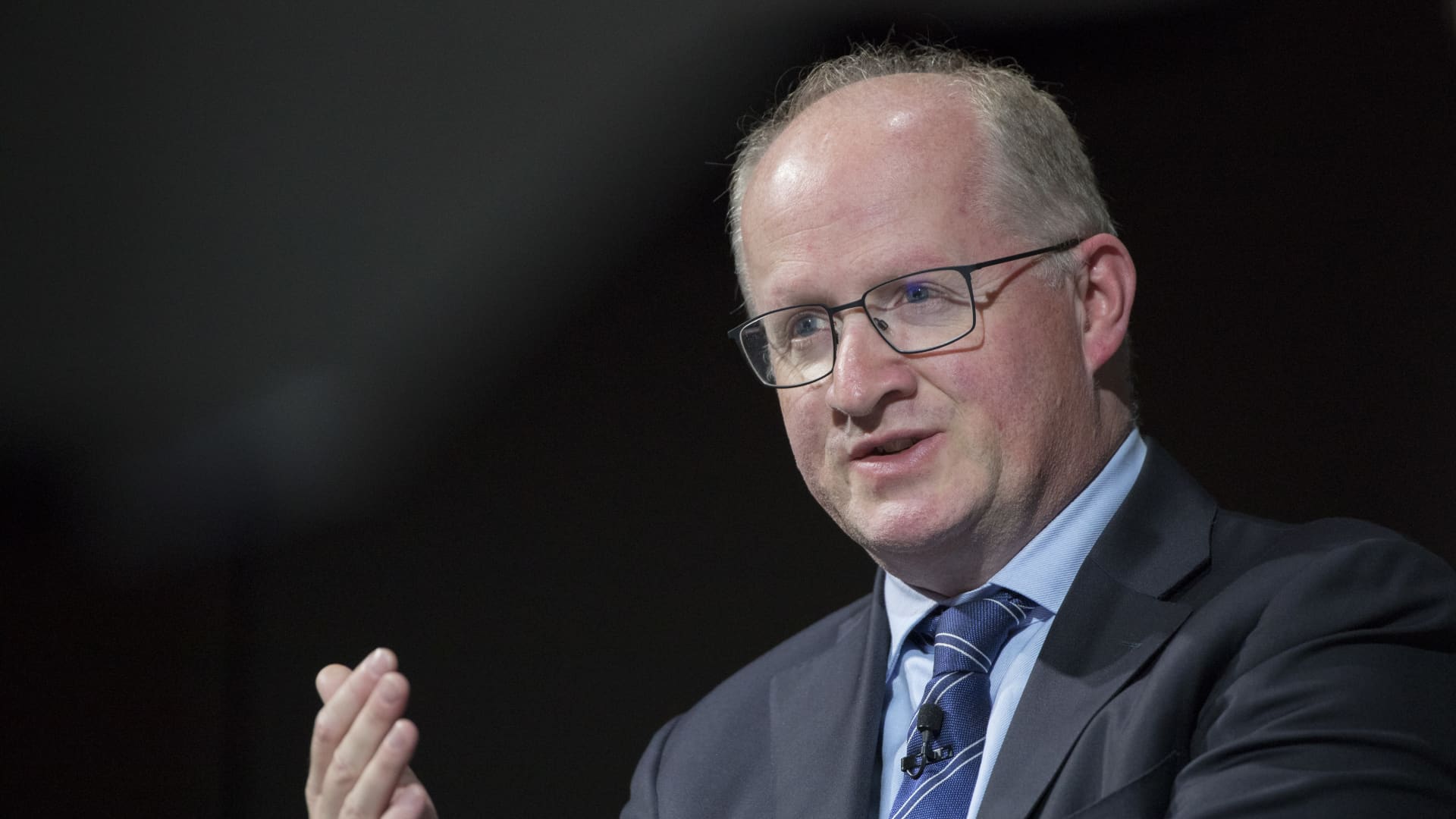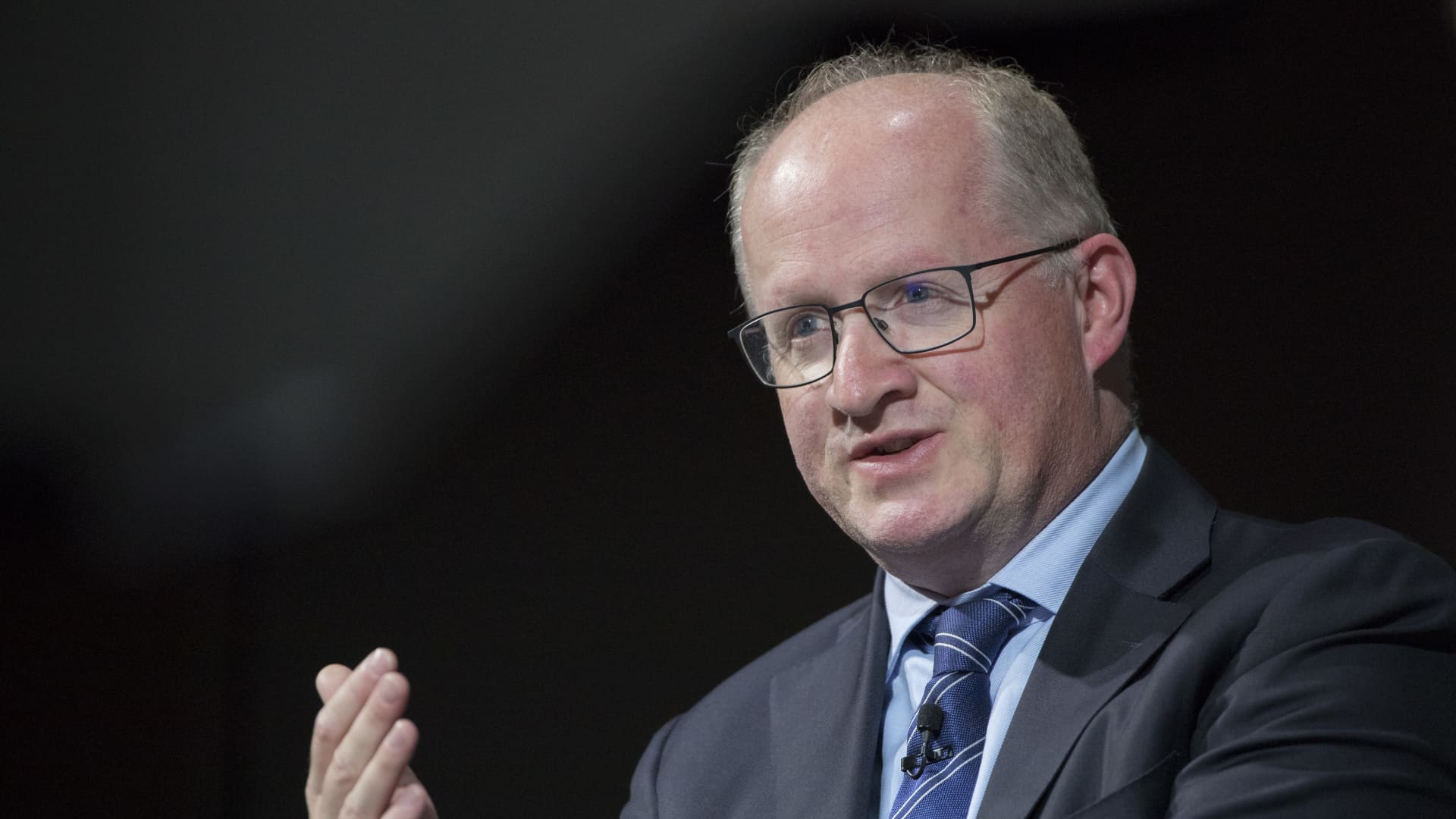The European Central Bank (ECB) is navigating a complex monetary policy landscape in 2025, balancing the need to stabilize inflation with the imperative to sustain economic growth. The ECB’s approach reflects a delicate equilibrium between concluding its tightening cycle and preparing for potential rate cuts, all while managing external and structural challenges. This dynamic underscores the central bank’s commitment to data-driven decision-making and forward guidance, ensuring that its policies remain adaptable to evolving economic conditions.
Current State of ECB Monetary Policy: Nearing an Inflection Point
The ECB’s tightening cycle, initiated to combat elevated inflation, has reached a critical juncture. Chief Economist Philip Lane’s declaration that “the tightening cycle is done” signals the end of a phase characterized by successive interest rate hikes. This assertion is supported by the observation that eurozone inflation has receded from its peak, approaching the ECB’s target rate of approximately 2%. However, the ECB remains vigilant, acknowledging the potential for unexpected inflation deviations and the lagged effects of prior policy adjustments.
Market surveys and ECB commentary align on the necessity of maintaining a cautious stance. The “stand ready” posture adopted by the ECB reflects an awareness of the uncertainties inherent in monetary policy, including external shocks and persistent inflation in specific sectors. This approach ensures that the central bank can respond swiftly to any deviations from the inflation target, thereby maintaining price stability and economic confidence.
The Prospect of Rate Cuts: Timing and Magnitude
While the tightening phase may be over, several economists and market surveys anticipate two more interest rate cuts within 2025. Bloomberg’s industry survey indicates broad expectations for easing monetary policy, though with the caveat that these cuts should not be delayed excessively. Senior economists caution against premature or overly aggressive easing, which could undermine the progress made in achieving the inflation target.
Market opinions are divided on the ECB’s trajectory. Some analysts suggest that the central bank is inching toward a neutral rate, while others remain skeptical about the normalization of inflation. The ECB’s incremental and cautious approach suggests shallow, gradual rate reductions, aligning with the principle of “gradualism” advocated by ECB officials. This strategy aims to balance the risks of moving too quickly on easing rates with the need to avoid unnecessarily protracted tightening.
Inflation Trajectory and Risks: A Mixed Picture
Eurozone inflation has been trending downward, with recent headline figures reported at approximately 2.4%, nearing the ECB’s 2% target. However, this apparent success masks underlying complexities. Services inflation, wage pressures, and uneven growth across member countries pose risks to the sustainability of low inflation. The ECB’s prudent stance reflects an understanding that inflation below the target can be as problematic as above-target inflation, affecting purchasing power and economic confidence.
ECB officials, including Pierre Wunsch from the Governing Council, highlight the risk of keeping interest rates “too tight for too long,” which could push inflation beneath the sustainable floor and hamper economic recovery. This nuanced perspective underscores the ECB’s commitment to maintaining a balanced approach, ensuring that monetary policy supports both price stability and economic growth.
External and Structural Challenges
The ECB’s policy decisions are influenced by a complex global and geopolitical environment. Tariff uncertainties, energy price fluctuations, and global trade tensions, such as U.S. trade policies, continue to exert influence on the eurozone economy. Monetary policy under such uncertainty demands agility and readiness to adapt the pace or magnitude of interventions based on unfolding developments.
Additionally, the ECB faces structural challenges from its diverse member states, whose economic conditions and debt profiles vary considerably. This diversity complicates policy calibration aimed at achieving a coherent eurozone-wide inflation rate while sustaining growth. The ECB must navigate these challenges to ensure that its policies are effective and equitable across the eurozone.
Communication and Forward Guidance: Emphasizing Caution and Flexibility
ECB officials have consistently prioritized clear communication, emphasizing data-driven, meeting-by-meeting assessments rather than long-term fixed guidance. President Christine Lagarde’s statements reiterate the ECB’s commitment to “do what we have to do,” signaling determination to enforce policy as circumstances warrant. This cautious transparency aims to anchor market expectations effectively, reduce volatility, and avoid anchoring inflation expectations either too high or excessively low.
The ECB’s approach to forward guidance reflects a commitment to maintaining a “middle path” — balancing the risks of moving too quickly on easing rates with the need to avoid unnecessarily protracted tightening. This strategy ensures that the central bank remains adaptable to changing economic conditions, thereby maintaining credibility and flexibility.
Conclusion: Navigating the Edge of a Policy Transition
The ECB’s monetary policy in 2025 is poised at a delicate juncture. On one hand, declarations that the tightening cycle is complete and anticipation of imminent rate cuts indicate a pivot toward easing. On the other, persistent inflation uncertainties and external shocks counsel a measured, agile approach. The next steps likely involve cautious, incremental reductions in interest rates, contingent on sustained evidence that inflation remains on track for the ECB’s 2% target.
Timing will be crucial — moving too fast or slow could undermine the fragile balance of economic growth and price stability. Ultimately, the ECB’s path exemplifies the complexity of modern monetary policy in an interconnected, turbulent global environment. Its challenge is to maintain credibility and flexibility simultaneously, ensuring inflation expectations remain anchored while supporting the eurozone’s broad economic health and resilience. The ECB’s ability to navigate this transition will be critical in shaping the eurozone’s economic trajectory in the years ahead.












